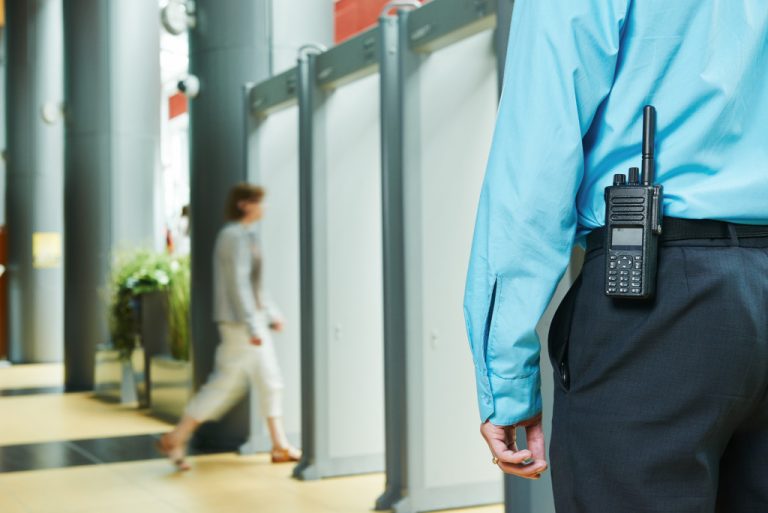Many business owners are looking for ways to make their offices safer places to work. Because according to the Occupational Safety and Health Administration (OSHA), office environments can be dangerous. OSHA reports that more than 20 percent of all workplace injuries happen in office settings.
If you’re concerned about safety in your office, you can do a few things to help reduce the risk of injury. Here are some tips for making your office safer.
1. Install proper lighting.
Good lighting is essential for both safety and productivity. Ensure your office has plenty of light so employees can see what they’re doing. Some office workers may even prefer to work in dimmer lighting to reduce eye strain. But if you have dark areas in your office, ensure adequate lighting so that employees can see clearly.
Task lighting is also essential for workstations where employees perform tasks requiring precision. This type of lighting can help reduce mistakes and accidents. You can also install motion-sensor lights in dark areas to help prevent trips and falls and save energy.
2. Remove trip hazards.
Trips and falls are common office accidents, so removing potential trip hazards is essential. Common trip hazards include loose carpeting, cords and wires, and uneven flooring. Make sure walkways are clear and free of obstacles and that flooring is in good condition.
Some tiled and carpeted offices may also have raised flooring. This can create trip hazards, so ensure any raised flooring is level and even with the rest of the floor. You may also opt for commercial epoxy floor coating, which can create a slip-resistant surface. This type of coating is often used in commercial kitchens and other areas where slip hazards are a significant concern.
3. Use ergonomic furniture and equipment.
Ergonomic furniture and equipment can help reduce the risk of musculoskeletal disorders (MSDs). MSDs are a type of injury that can occur when muscles, tendons, and ligaments are strained from repetitive motions or poor posture.
Some ergonomic furniture options include adjustable chairs, standing desks, and footrests. You can also invest in ergonomic computer equipment, such as keyboards, mice, and monitors. Using ergonomic furniture and equipment can help your employees stay comfortable and reduce the risk of MSDs.

4. Create a safe storage area.
If your office has many paper records, ensure they’re stored in a safe area. Otherwise, they could create a fire hazard. And if you have hazardous materials in your offices, such as cleaning supplies or chemicals, ensure they’re stored in a secure area where only authorized personnel can access them. It would be best if you also had a plan for dealing with spills and leaks.
A good storage area is well-ventilated and free of clutter. It should also be labeled, so everyone knows what’s being stored there. Find a place to store hazardous materials that is out of the way and not easily accessible.
5. Install security features.
Because offices often contain valuable equipment and confidential information, installing security features is essential to deter theft and protect your employees. You can install security cameras, alarm systems, and security gates. You may also want to consider hiring security guards. They can help deter crime and provide a visible presence in your office.
If your office is located in a high-crime area, you may want to take extra security measures. Install good lighting around the perimeter of your building, and trim back any bushes or trees that could provide hiding places for criminals. This will help deter crime and make your office safer for everyone.
6. Implement an evacuation plan.
In an emergency, it’s essential to have an evacuation plan in place. This will help ensure everyone knows what to do and where to go. You should post the evacuation plan in a visible location, such as near the entrance to your office.
Ensure everyone in your office knows the evacuation route and where the nearest exit is. It would be best if you also had a designated meeting place where everyone can regather after evacuating. This will help you account for everyone and make sure everyone is safe. It would be best if you also practiced the evacuation plan periodically so that everyone is familiar with it.
By following these tips, you can create a safer office environment for everyone. Taking the time to make your office safer can help prevent accidents and injuries. And if an accident does occur, you’ll be glad you took the precautions to make your office as safe as possible. These office adjustment ideas will help create a safer, more comfortable office environment for everyone. Always consult with safety experts to ensure you’re taking the necessary steps to keep your office safe.

